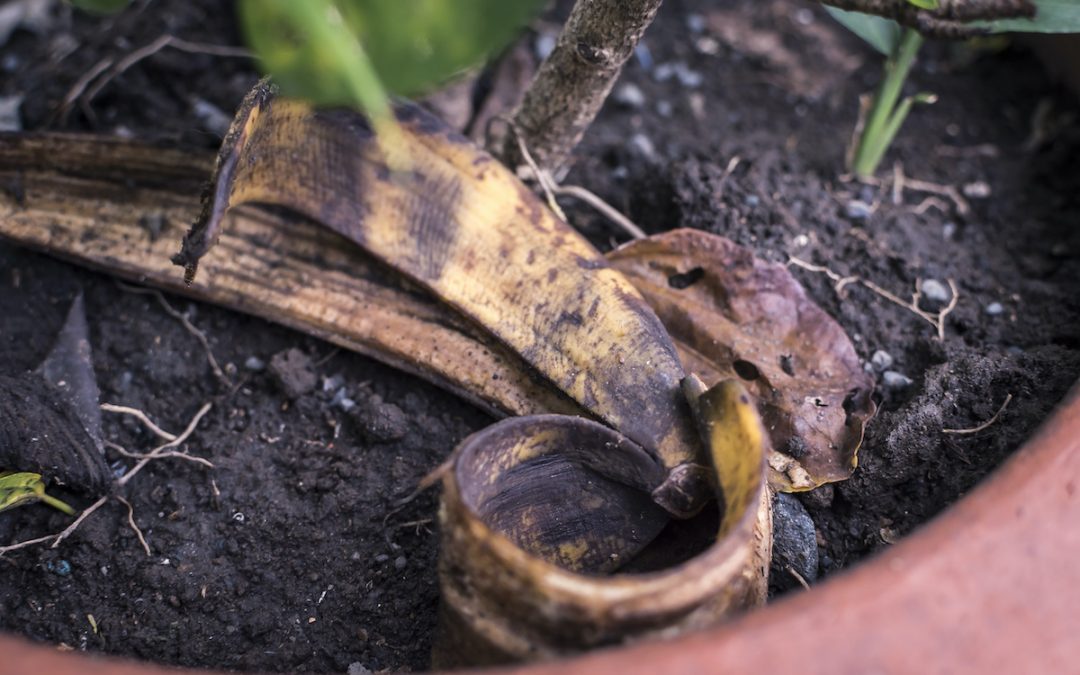Contents
- 1 How to Use Banana Peel Fertilizer for Indoor Plants (Easy DIY Guide)
- 1.1 Why Banana Peel Fertilizer Works
- 1.2 Banana Peels vs. Synthetic Fertilizer
- 1.3 How to Make Banana Peel Fertilizer
- 1.4 Step-by-Step Beginner Guide
- 1.5 Best Indoor Plants for Banana Peel Fertilizer
- 1.6 Pro Tips for Maximum Results
- 1.7 Common Mistakes to Avoid
- 1.8 FAQ: Banana Peel Fertilizer
- 1.9 Amazon Products to Try
- 1.10 Related Articles
- 1.11 Final Thoughts on Banana Peel Fertilizer
How to Use Banana Peel Fertilizer for Indoor Plants (Easy DIY Guide)
Banana peels are more than just kitchen scraps—they’re a powerhouse of nutrients your indoor plants will love. Packed with potassium, phosphorus, and calcium, banana peels can help boost flowering, root growth, and overall plant health. The best part? It’s a zero-cost, eco-friendly fertilizer you can easily make at home.
In this guide, you’ll learn how to prepare banana peel fertilizer, the different methods to use it, and which houseplants benefit most from this natural boost.
Why Banana Peel Fertilizer Works
Banana peels are rich in:
Potassium – Strengthens stems and promotes flowering.
Phosphorus – Aids root development and seedling growth.
Calcium – Improves cell structure and helps prevent diseases.
Magnesium – Essential for photosynthesis.
These nutrients release slowly, giving plants a steady, natural source of food. Unlike synthetic fertilizers, banana peels won’t burn roots or upset soil balance.
Banana Peels vs. Synthetic Fertilizer
Commercial fertilizers are designed to deliver fast results, but they often come with downsides like chemical buildup in soil, root burn, or environmental impact. Banana peels, on the other hand, provide a more balanced, slow-release approach.
Banana Peels (per 100g dried):
Potassium (K): ~78mg
Phosphorus (P): ~28mg
Calcium (Ca): ~12mg
Magnesium (Mg): ~27mg
Synthetic Fertilizer (10-10-10 NPK):
Nitrogen (N): 10%
Phosphorus (P): 10%
Potassium (K): 10%
👉 The key difference? Banana peels don’t provide nitrogen in high amounts, so they’re best combined with compost, worm castings, or a nitrogen-rich fertilizer (like diluted fish emulsion). This makes them excellent for flowering and fruiting plants rather than heavy leafy growers.
How to Make Banana Peel Fertilizer
There are several beginner-friendly methods depending on your plants and space:
1. Banana Peel Water (Liquid Fertilizer)
Chop up 2–3 banana peels.
Soak in 1 liter of water for 48 hours.
Strain and use the liquid to water your indoor plants.
💡 Tip: This works best for peace lilies, philodendrons, and pothos.
2. Banana Peel Powder
Dry peels in the oven (low heat) or under the sun until crisp.
Grind into a fine powder.
Sprinkle 1–2 teaspoons into the soil near plant roots.
💡 Best for flowering plants like orchids, African violets, and roses.
3. Banana Peel Tea Spray
Blend peels with warm water until smooth.
Strain and pour into a spray bottle.
Mist leaves to give plants a quick nutrient boost.
💡 Useful for seedlings and foliage-heavy plants.
4. Composting Banana Peels
Add chopped peels directly into your compost bin.
Over time, they’ll enrich the compost with essential minerals.
Step-by-Step Beginner Guide
Collect fresh banana peels.
Decide which method works best for your plant type (water, powder, tea, compost).
Prepare fertilizer following the method instructions above.
Apply once every 2–3 weeks.
Observe plant response (new growth, healthier leaves, stronger roots).
Best Indoor Plants for Banana Peel Fertilizer
Not all houseplants respond equally. Here are the best candidates:
Flowering plants: Orchids, African violets, hibiscus
Foliage plants: Pothos, peace lily, philodendron
Fruit-bearing plants: Indoor strawberries, dwarf citrus trees, peppers
❌ Avoid using too much on succulents or cacti—they prefer lean soil and can rot if over-fertilized.
Pro Tips for Maximum Results
Combine banana peel fertilizer with coffee grounds for a nitrogen boost.
Use banana peel powder when repotting to give roots a nutrient head start.
Always chop or dry peels first—whole peels take too long to break down indoors.
Alternate with a balanced organic fertilizer to cover missing nutrients.
Common Mistakes to Avoid
Using fresh banana peels directly in soil → Can attract gnats and mold.
Over-fertilizing → Stick to once every 2–3 weeks.
Not chopping peels → Large chunks decompose slowly and cause odor.
FAQ: Banana Peel Fertilizer
Q1: Can I use banana peel water every time I water?
No, it’s best to alternate between plain water and fertilizer water. Aim for once every 2–3 weeks.
Q2: Do banana peels attract bugs indoors?
If left fresh in the soil, yes. Dry, powdered, or liquid versions are much safer.
Q3: Can I combine banana peel fertilizer with store-bought fertilizer?
Yes, but use a diluted ratio. Banana peels are gentle, but you don’t want to overload nutrients.
Amazon Products to Try
Compost Bin for Kitchen Scraps – Perfect for storing banana peels before composting. Check it out on Amazon UK
Indoor Plant Mister Bottle – Great for applying banana peel tea spray. View product here
Related Articles
Final Thoughts on Banana Peel Fertilizer
Banana peels are one of the easiest, cheapest, and most sustainable ways to feed your indoor plants. By turning simple kitchen waste into a nutrient-rich supplement, you can promote lush growth, brighter blooms, and healthier roots—all without chemicals.
If you’ve never tried it before, start small with banana peel water or powder, and see how your plants respond. Once you notice the results, it might just become your go-to method for keeping your indoor garden thriving. Not only does it cut down on food waste, but it also saves money on store-bought fertilizers. It’s truly a win-win for both your plants and the planet.For more science-backed advice on homemade fertilizers, check out the Sustainable Holly guide on feeding plants.

